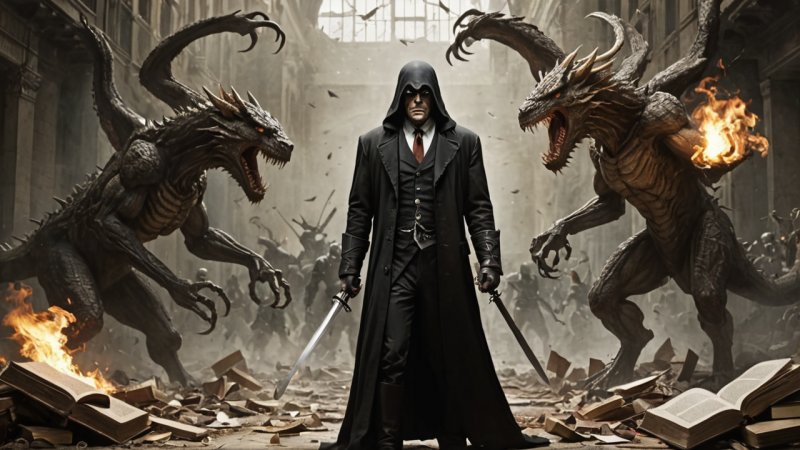1. Understanding the Antagonist's Purpose
The antagonist is more than just a villain; they are a crucial component of the narrative structure. Their main role is to challenge the protagonist, providing conflict that drives the story forward. This relationship often helps to illuminate the protagonist's strengths and weaknesses.
2. Types of Antagonists
Antagonists can take various forms, including:
- Personified Antagonists: These are individuals who oppose the protagonist directly, such as Voldemort in Harry Potter.
- Societal Antagonists: Sometimes, the antagonist is a social structure or institution, like the oppressive regime in The Handmaid's Tale.
- Internal Antagonists: The protagonist's own fears or insecurities can also serve as antagonistic forces, as seen in Fight Club.
3. Creating Complexity in Antagonists
Modern storytelling often emphasizes the complexity of antagonists. Instead of portraying them as purely evil, authors are exploring their motivations, backgrounds, and redeeming qualities. This depth adds richness to the narrative.
4. The Importance of Motivation
An effective antagonist has a clear motivation that drives their actions, making them relatable and believable. Whether it’s revenge, power, or survival, understanding their goals helps readers empathize with the conflict. For instance, in Breaking Bad, Walter White's transformation is driven by deeply personal motivations.
5. The Antagonist’s Relationship with the Protagonist
The dynamic between the antagonist and the protagonist is often the heart of the story. Their interactions can lead to growth and change for both characters. This relationship can also reflect larger themes, such as the struggle between good and evil.
6. Antagonists in Different Genres
How the antagonist operates can vary greatly across genres. For instance:
- Fantasy: Antagonists may be mythical creatures or dark sorcerers.
- Thriller: The antagonist often represents a psychological threat, adding tension.
- Romance: Here, the antagonist could be a rival in love, creating emotional conflict.
7. Iconic Antagonists in Literature
Many literary works have left a lasting impact due to their memorable antagonists. Characters like Iago from Othello and Heathcliff from Wuthering Heights exemplify how a well-crafted antagonist can drive the narrative and provoke thought.
8. Antagonists and Thematic Exploration
The presence of an antagonist often serves to highlight the themes of a story. For example, in 1984, the oppressive regime is not just an antagonist but a manifestation of the theme of totalitarianism.
9. Writing a Compelling Antagonist
When creating an antagonist, consider their backstory, desires, and moral ambiguity. A compelling antagonist can elevate a story, providing readers with a figure they love to hate or even sympathize with.
10. The Evolution of Antagonists in Literature
Over time, the depiction of antagonists has evolved. Today’s literature often blurs the lines between heroes and villains, reflecting a more nuanced understanding of morality and human nature.
In conclusion, the antagonist plays a vital role in fiction storytelling, serving not only as an obstacle for the protagonist but also as a means to explore deeper themes and character complexities. Understanding and developing a multifaceted antagonist can significantly enhance the narrative, making for a richer reading experience.






